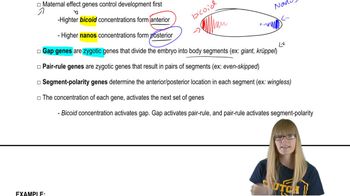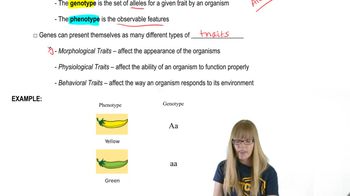Identify the normal functions of the following genes whose mutations are associated with the development of cancer.
c-MYC (Burkitt lymphoma)
 Sanders 3rd Edition
Sanders 3rd Edition Ch. 11 - Gene Mutation, DNA Repair, and Homologous Recombination
Ch. 11 - Gene Mutation, DNA Repair, and Homologous Recombination Problem 2
Problem 2Go online to the Online Mendelian Inheritance of Man (OMIM) website. Look up the following genetic conditions and answer the questions posed about them.
Go to the 'Population Genetics' section discussing the TSD gene. In a few sentences, summarize the human population in which TSD is most frequently found and give the approximate frequency of heterozygous carriers for the TSD mutation in North American Jews.
 Verified step by step guidance
Verified step by step guidance
Verified video answer for a similar problem:
Key Concepts
TSD Gene and Its Role

Population Genetics

Carrier Frequency

Identify two general ways chemical mutagens can alter DNA. Give examples of these two mechanisms.
Go online to the Online Mendelian Inheritance of Man (OMIM) website. Look up the following genetic conditions and answer the questions posed about them.
Look up Tay–Sachs disease (TSD), OMIM number 272800, and give the name and abbreviation of the affected gene and the chromosome location of the gene.
Go online to the Online Mendelian Inheritance of Man (OMIM) website. Look up the following genetic conditions and answer the questions posed about them.
Look up cystic fibrosis (CF), OMIM 602421, and give the gene name and abbreviation and the chromosome location of the gene.
Go online to the Online Mendelian Inheritance of Man (OMIM) website. Look up the following genetic conditions and answer the questions posed about them.
Go to the 'Molecular Genetics' section and describe the most common mutation of the CF gene.
Nitrous acid and 5-bromodeoxyuracil (BrdU) alter DNA by different mechanisms. What type of mutation does each compound produce?